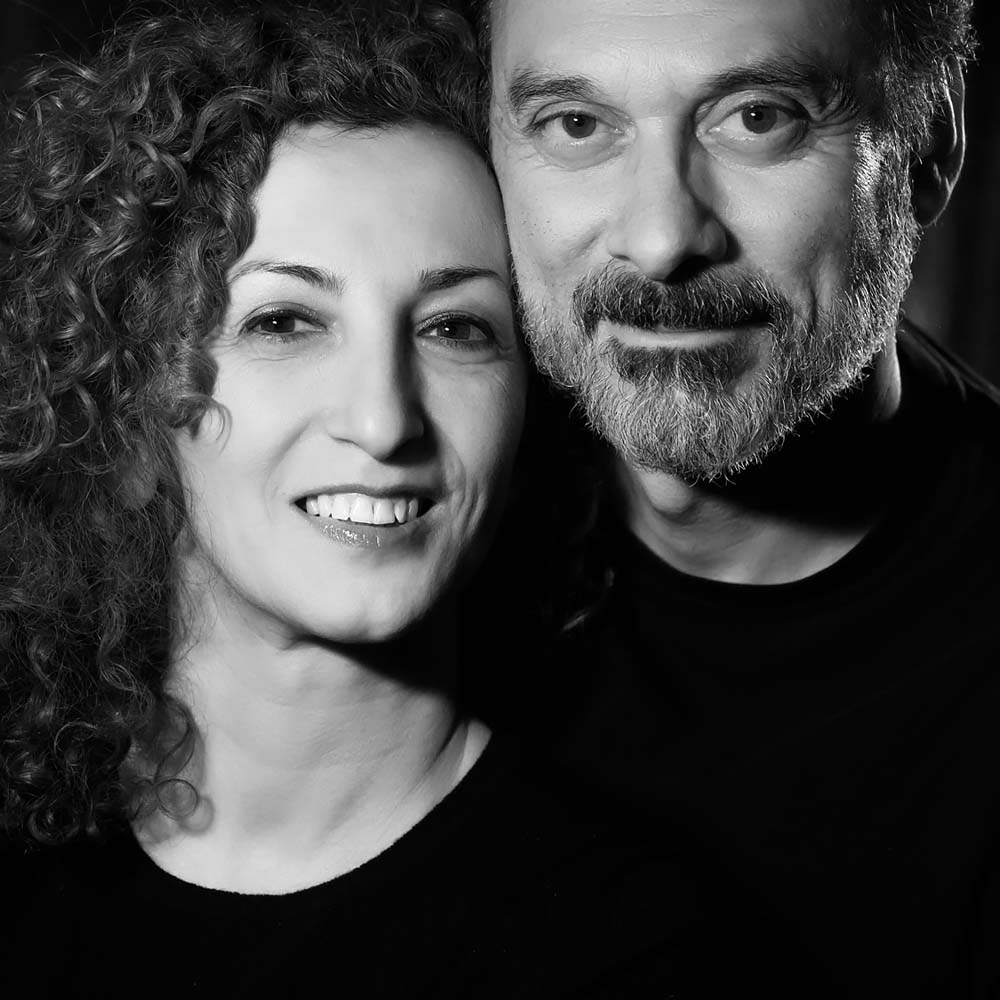Ted & Nune are a couple in life and art. Their backgrounds in International Affairs (Ted) and Russian Literature (Nune) feed their art. As an artist duo, they seek out a spiritual dimension in human constructions, make studies of architecture and industry, and bring a joint male-female point of view to their shared vision. People appear infrequently in their images and when they do, they are often just blurs across the frame.
Since 2015, their collaboration has produced several internationally recognized projects, including: Individuum, 1st place in IPA 2019 Category Architecture Abstract; Spiritual Japan, 1st place in IPA 2017 Category Architecture Historic; UAE Design and Desert Agreement, 1st place in TIFA 2016 and 2017, respectively, Category Architecture. Their recent project, Crawlspace, was part of Exlab 2021 and exhibited in NYC's Foley Gallery in July 2021.
